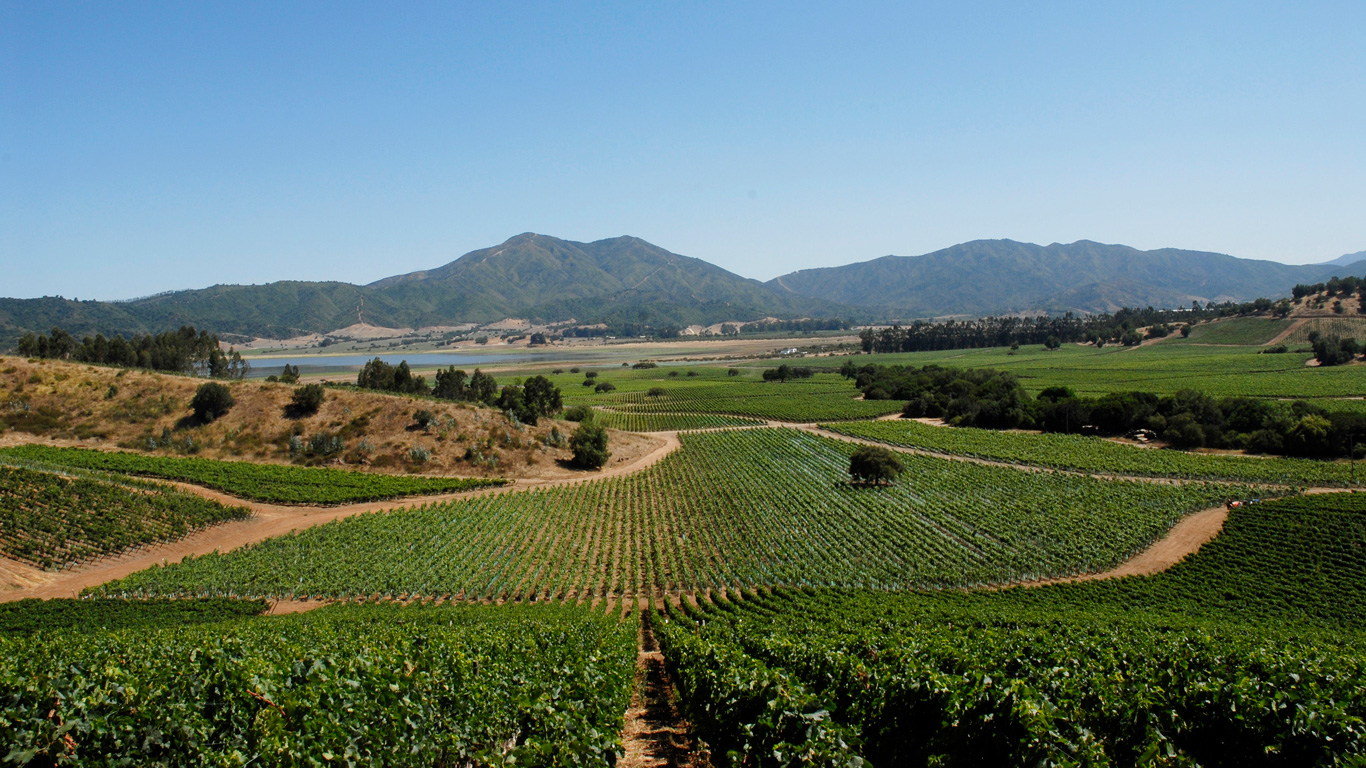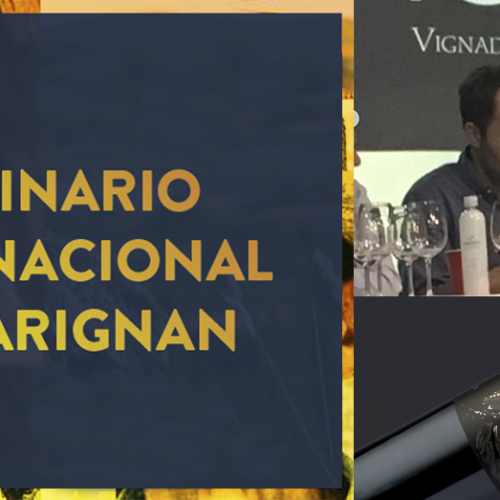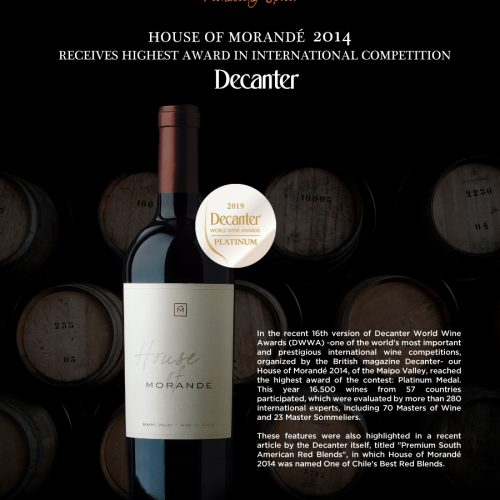
12 Ago CASABLANCA, WHERE OUR STORY BEGAN — AND KEEPS EVOLVING
We often say that Casablanca Valley is a wine region that needs no introduction. This Denomination of Origin, located just 75 km from Santiago — between the Coastal Range and the Pacific Ocean, at the edge of Valparaíso — is internationally recognized for its fresh and complex wines, especially whites.
But it wasn’t always this way; and its discovery and development are deeply intertwined with the story of Viña Morandé. It was there that Pablo Morandé, our founder, made an audacious decision: to plant Sauvignon Blanc vines in a region then considered too cold and challenging for quality wine production. Today, we know this was one of the most visionary decisions in the recent history of Chilean wine.
It took more than knowledge — it took intuition and sensitivity to see what few others could. Although Casablanca sits at 33° South, on the edge of the traditional viticultural zone, it benefits from the cooling influence of the Pacific Ocean, which manifests in morning fog and cold ocean breezes. These conditions create a unique microclimate that allows for longer ripening cycles and grapes with remarkable freshness and complexity.
Over the decades, we’ve been active participants in Casablanca’s growth and recognition. Since our founding in 1996, we’ve been devoted to capturing the soul of this region in each of our wines — crafting deep, vibrant and distinctive whites, and elegant reds. For us, exploring this potential is also a way of honoring our roots.
But Casablanca can be much more. That’s why we’ve taken another step with Casatinta, a red blend of Malbec, Syrah and Cabernet Franc that expresses a contemporary vision of this terroir. A wine that carries the freshness of the Pacific breeze, the boldness of our DNA, and the maturity of those who know their origins well — and never tire of revisiting them with curious eyes, a restless mind and a pioneering spirit.



